When we say that the Jewish Quarter or Ghetto is one of the oldest parts of the city of Rome, that’s really saying something considering Rome was founded in 700 BC. The Roman Jewish community has had a presence in the city for over 2,000 years, making it the oldest Jewish community in Europe! This is a historically significant and intriguing neighborhood where you find famous plaza, Piazza Mattei, which is home to one of the most beloved fountains in the city: the Turtle Fountain.
Why is it called the Jewish Ghetto?
In the 1500s, this neighborhood was designated as the residential area for the Jewish community, and it was walled off from the rest of the city. The city’s Jews were required to live here in desperately crowded circumstances in the least desirable area of the city due to flooding. They were locked in at night and could not own property. They were required to attend daily mass. There was some small comfort in that walled-in, the Jews were protected against attacks by Christian mobs and could practice their customs without interference. Opened in 1870, this part of Rome is now considered an important historical and cultural destination, and the Jewish community living there now — calling it home by choice –is thriving.
Where in the city is it located?
This neighborhood is very close to Capitoline Hill, Piazza Navona and Piazza Venezia. It’s bordered by Via delle Botteghe Oscure to the north and the Tiber River to the south and Via del Teatro di Marcello to the east, with Via Arenula to the west. Realistically, you can walk the length of the neighborhood in about 20 minutes, but make sure to leave yourself at least an hour or two to really explore, and more if you want to try some food and peek into some shops.
What to see in the Jewish Ghetto?
Though the neighborhood is small, there are several significant sights. Tempio Maggiore (the Great Synagogue) has been a striking part of the primarily Catholic Roman skyline since 1904, after the neighborhood was no longer a closed ghetto and was a unified part of the city. Via del Portico d’Ottavia is the pedestrianized main street of this neighborhood and is lined with restaurants, many of them offering the famous Carciofi alla Romana (more on that later). Via del Portico d’Ottavia ends in some nice ruins next to the Teatro Marcello, a smaller cousin of the Coliseum. And of course there’s Piazza Mattei, with its famous Turtle Fountain — one of the highlights of the neighborhood.
What’s the story behind Piazza Mattei?
This is one of the oldest parts of this already ancient neighborhood. The centerpiece is undoubtedly the Turtle Fountain, Fontana delle Tartarughe. There is a legend surrounding this fountain: that a man named Giocomo Mattei had the fountain built overnight in front of his palazzo in order to impress the father of a woman he wanted to marry. Others accept the more probable explanation that it was commissioned as part of a project led by Jacopo della Porta in the 1580s in a project to bring fresh water to neighborhoods throughout the city. Either way, this square and this fountain are beloved by visitors and are worth a visit on your way through the neighborhood. In the CBS show Blood and Treasure, the “When in Rome” episode has some nice scenes filmed in Piazza Mattei.
Why are there turtles on the fountain?
The fountain is composed of a few different sculptures: four bronze youths figures riding atop four dolphins in huge seashells. The turtles that the boys are pushing into the upper basin were actually added in the late 1680s by Bernini, so they were not part of the original design. And as for the meaning of the turtles? They are thought to contrast with the speed of the dolphins, therefore signifying a larger message about haste versus speed when making decisions in life.
What to eat and drink in the Piazza Mattei?
For an authentic experience, we recommend having an aperitivo in La Tartughe a cheerful cafe and local hang-out, then enjoy a meal in Pane Vino San Daniele. And, you can’t leave the neighborhood without trying the delicious specialty that originated in this area of town: the Carciofi alla Romana, a traditional artichoke-based dish.
Where to stay near Piazzi Mattei and the Jewish Ghetto?
You’re in luck: we have several vacation rentals in this area, take a look here.
So, have we convinced you to explore this little corner of Rome? If so, you can contact Italy Perfect at [email protected] or 1-888-308-6123 and we’ll help you find the perfect place to rest after sampling all of those tasty artichokes.
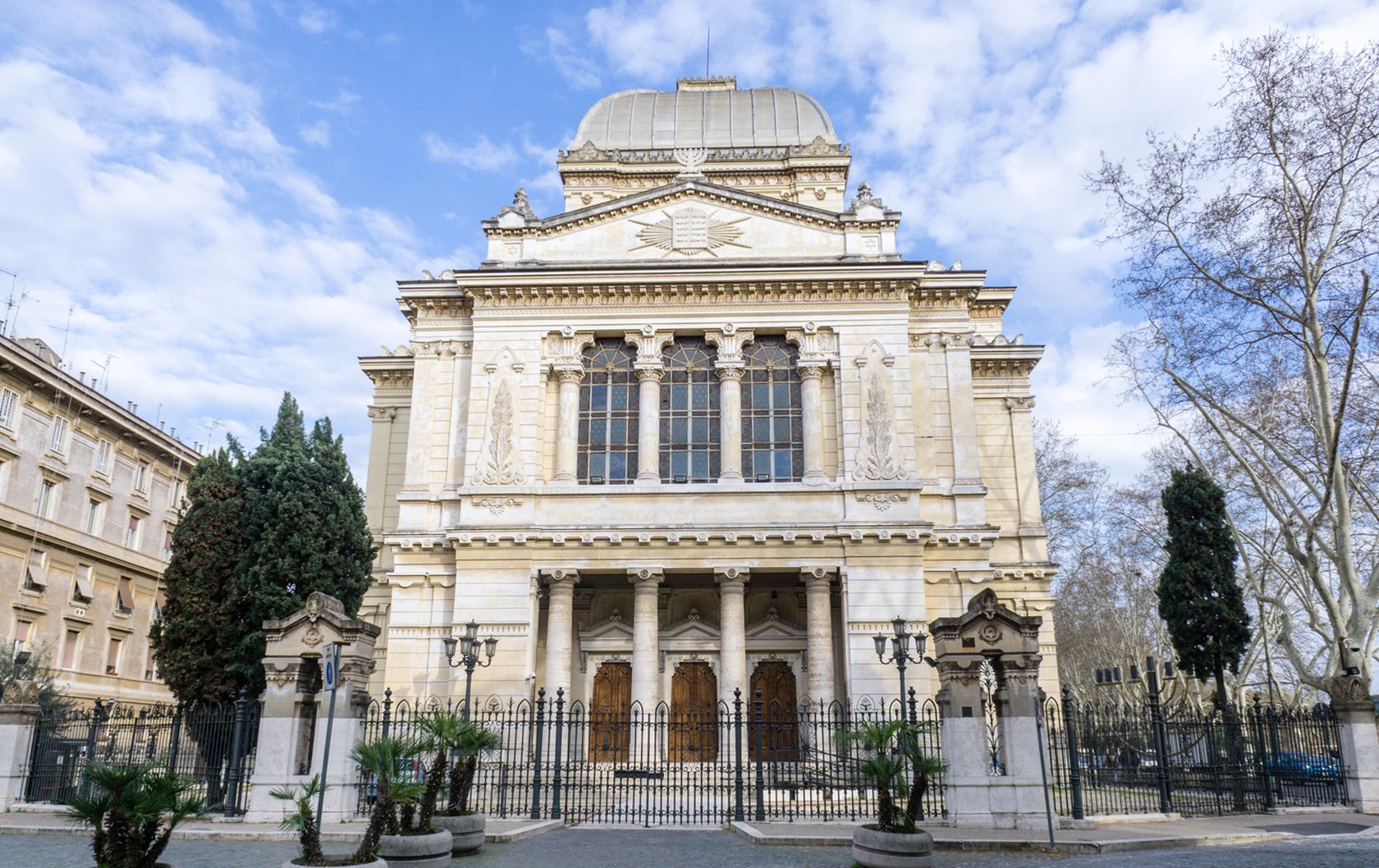
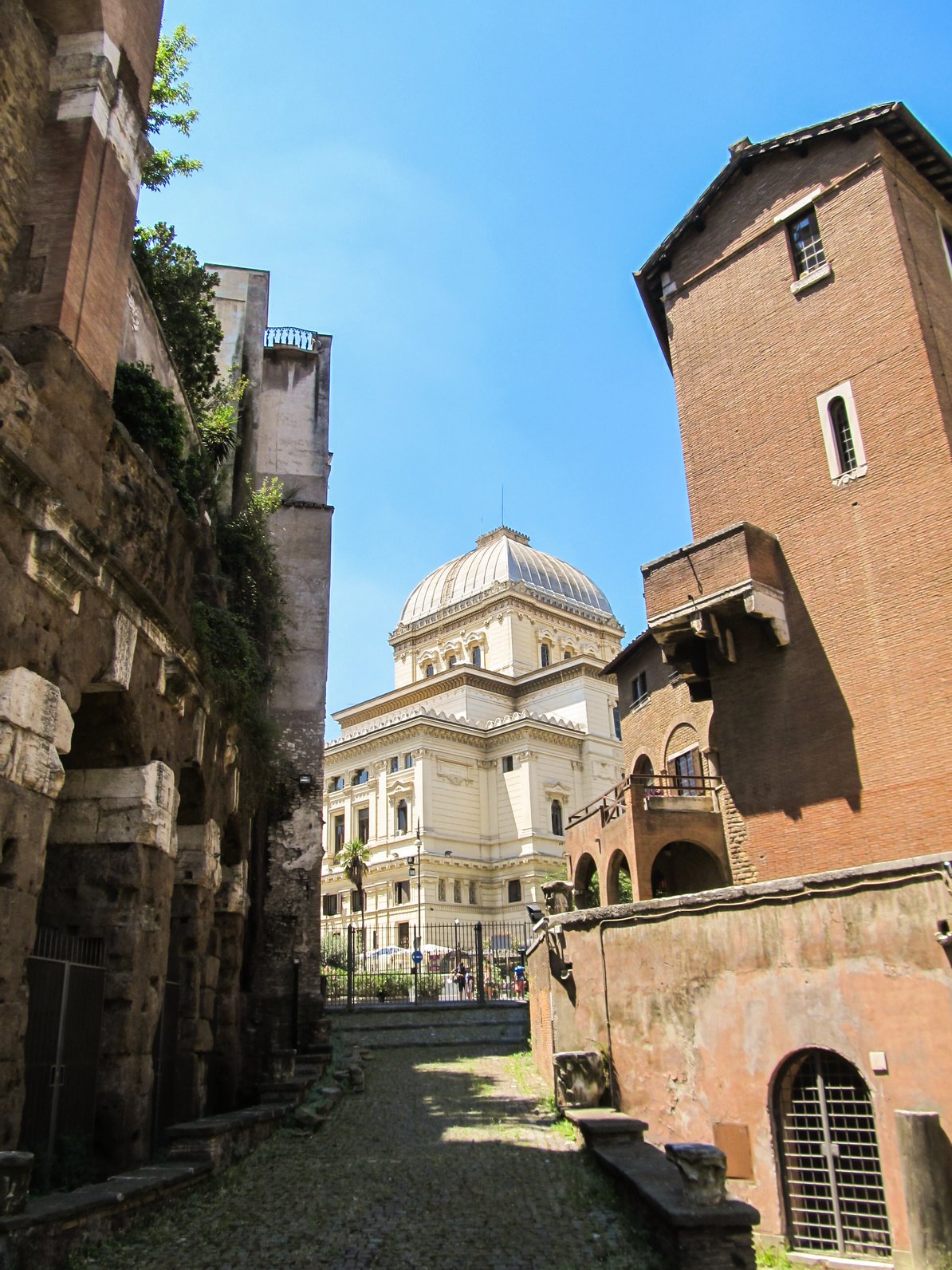
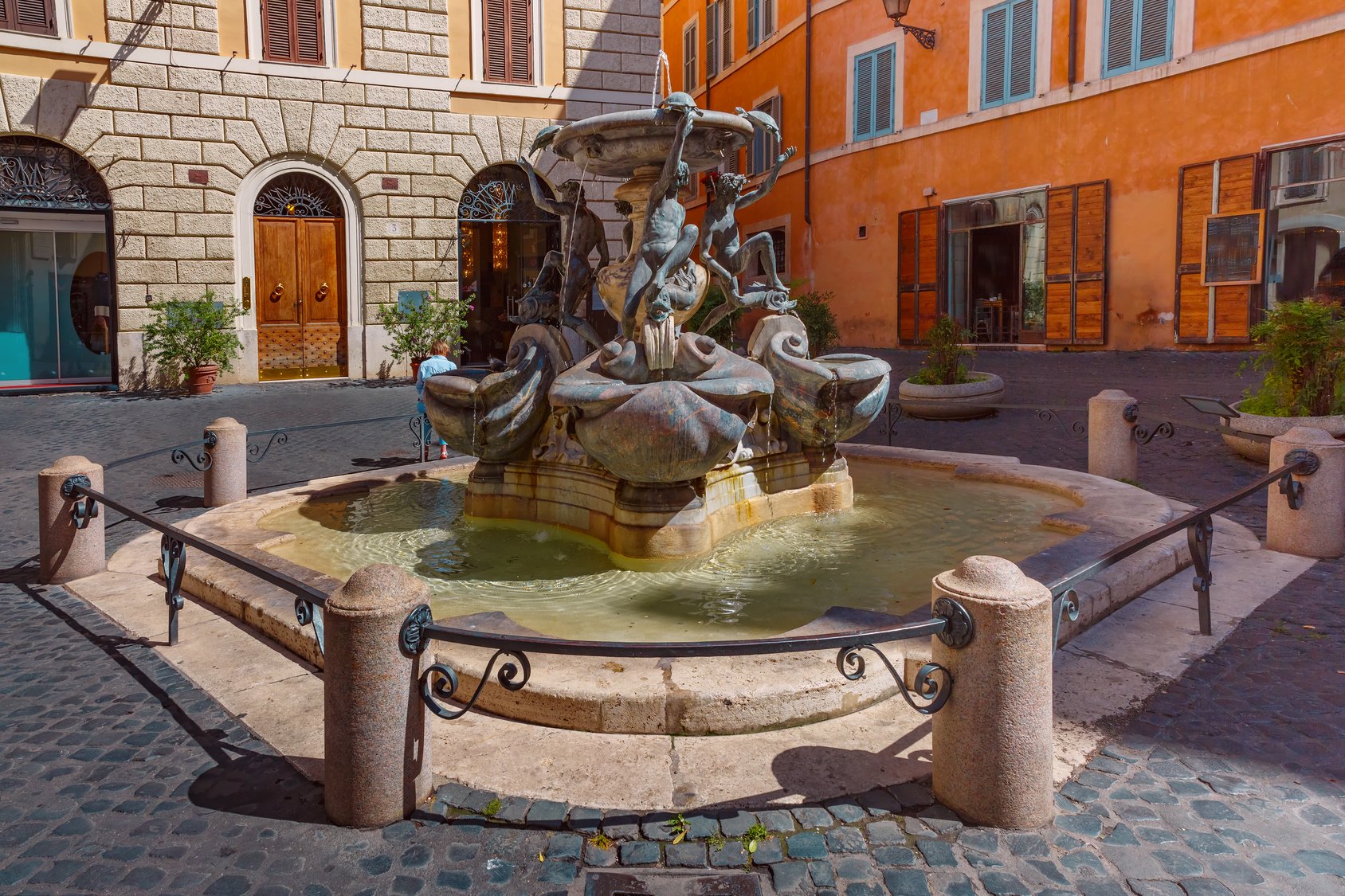
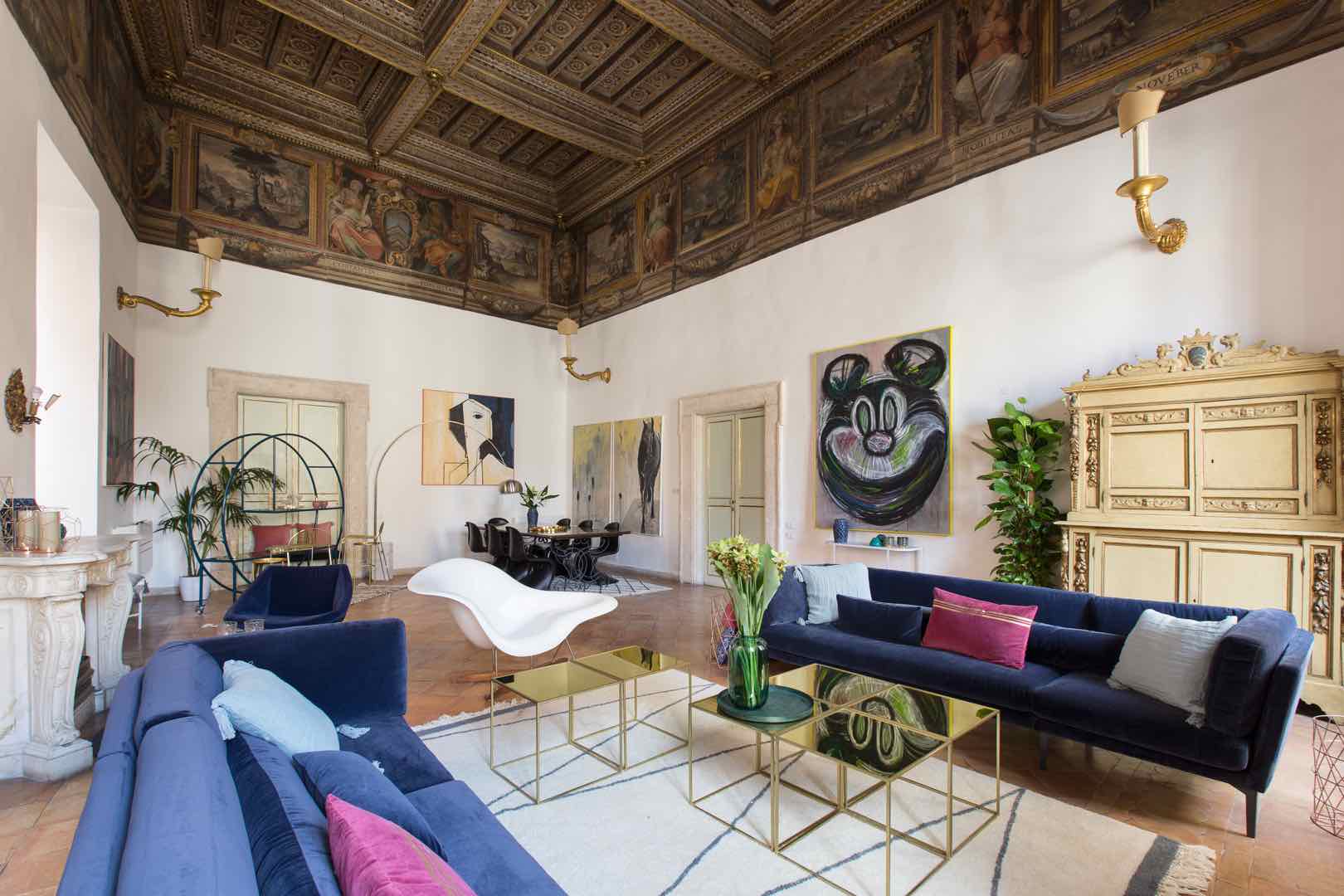
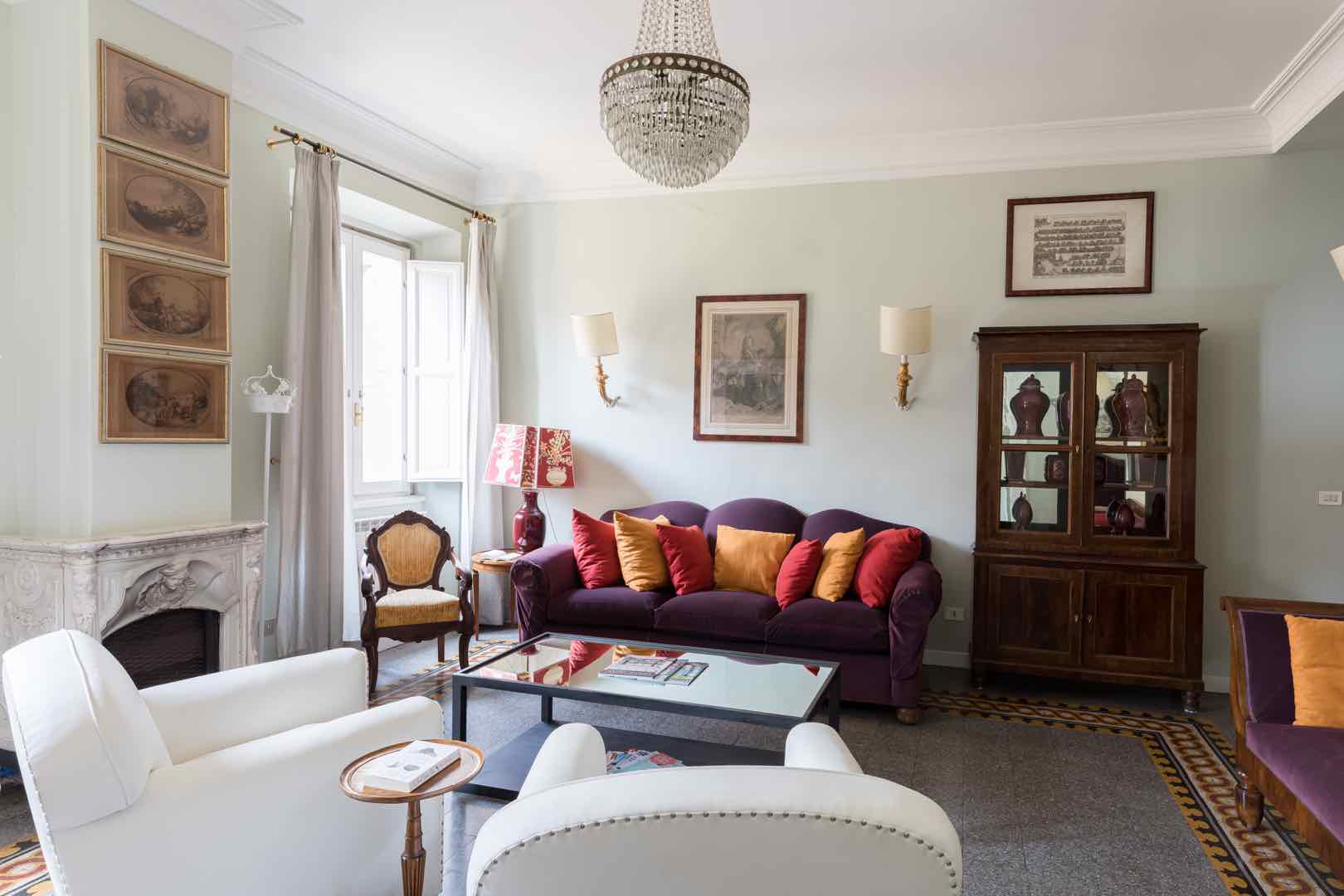
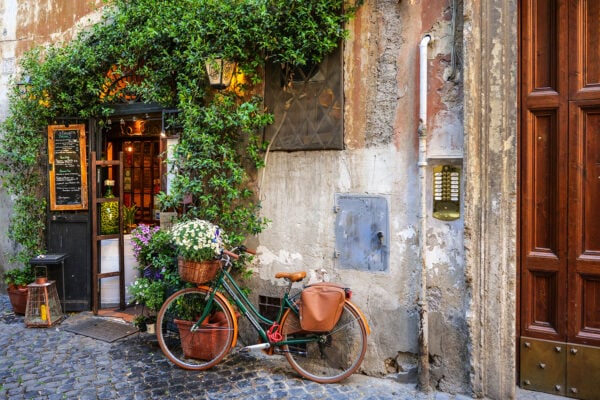
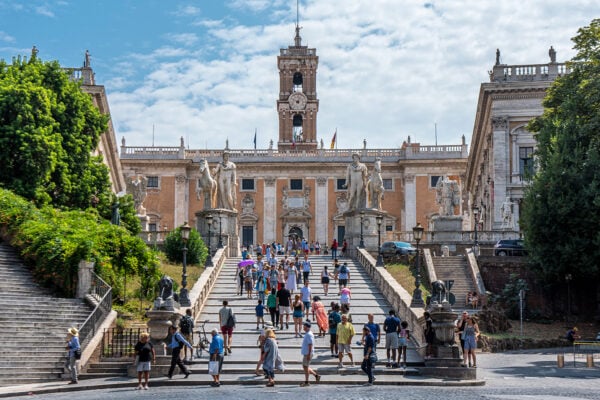
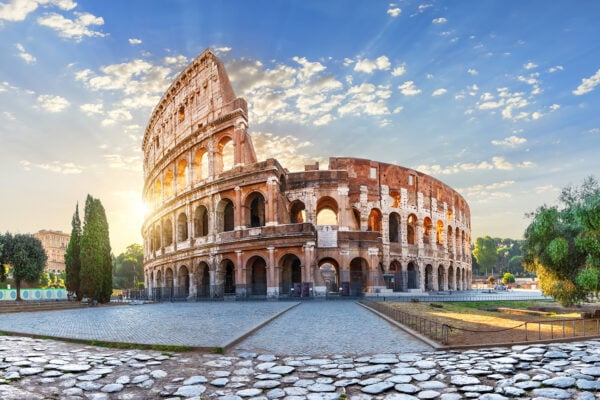
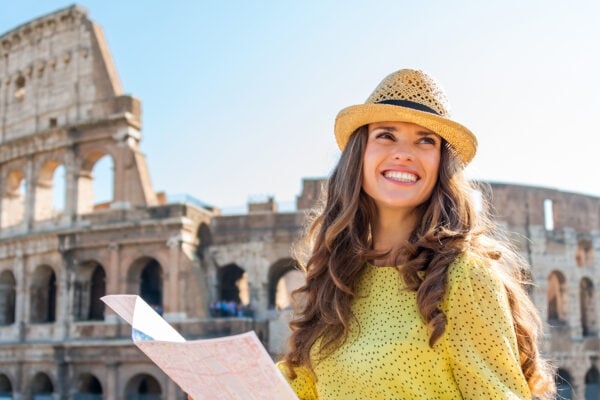
Great post! I’m definitely going to bookmark this for when I visit Italy. Thank you so much for the posts; reading your blog was very informative! You obviously put a lot of effort into it. Awesome Pictures! Keep it up!
We visited the Jewish Quarter in June 2023, while visiting Rome, and I wish we could have spent more time there. I would say eating the Jewish-Italian food was the best food we had while traveling in Italy and Sicily. We are planning a trip back to spend an extended time in Rome, and will definitely visit the Jewish Quarter again! A lot of amazing architecture to be seen, excellent food, and lovely surroundings. The turtle fountain was more beautiful in person, and many of the shops had interesting things to buy. I can’t say enough about our visit to Trastevere.
So many wonderful memories! Thanks for sharing those, Dolores. We have many beautiful vacation rentals very near the Jewish Quarter in a lovely quiet area. Perfect for an extended stay!